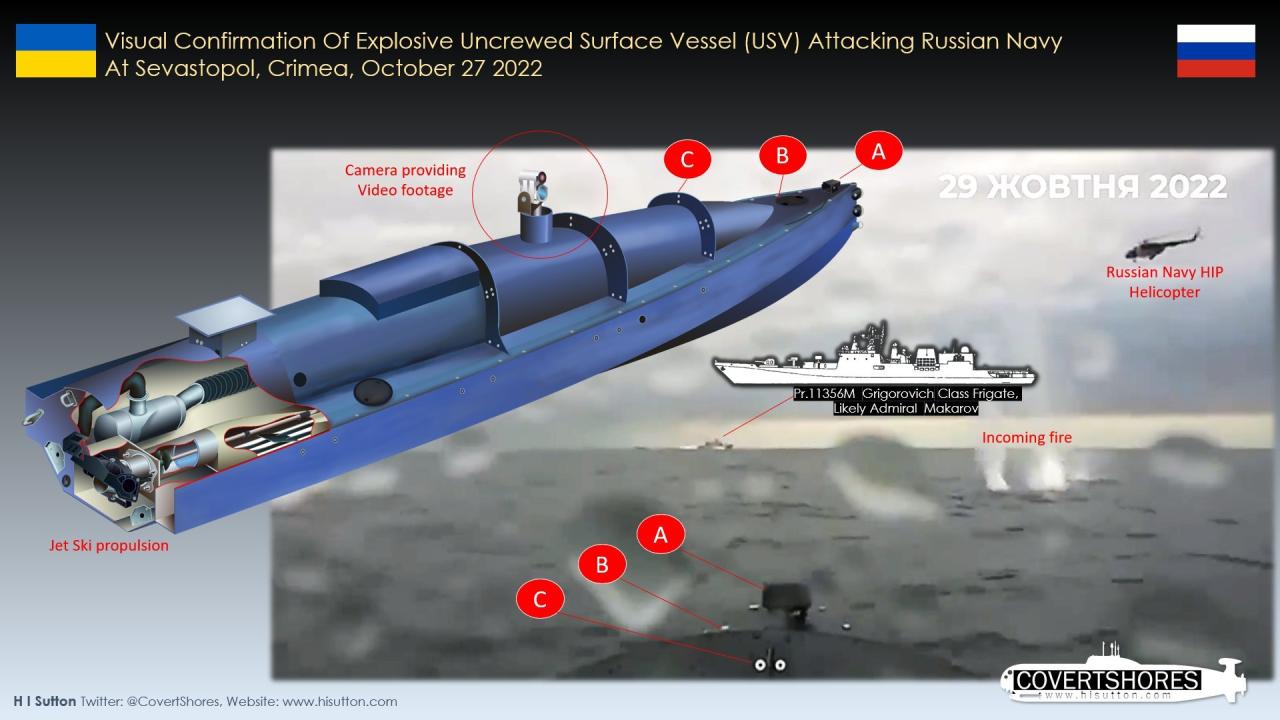Ukrainian sea drones are rapidly changing naval warfare. This exploration delves into their technology, military applications, manufacturing, international implications, and future potential. We’ll examine the different drone models, their capabilities, and the challenges and opportunities surrounding their development and deployment.
From their design and construction materials to their strategic use in combat and reconnaissance, we’ll uncover the complexities of this evolving technology. We’ll also consider the ethical implications and potential for civilian applications, offering a comprehensive overview of Ukrainian sea drones and their impact on the global stage.
Ukrainian Sea Drone Technology
Ukraine’s development of sea drone technology has rapidly progressed, particularly due to the ongoing conflict. These unmanned systems are proving increasingly vital in naval operations, offering cost-effective solutions for reconnaissance, attack, and defense. This section details the technology’s current state, advancements, comparisons with other nations, construction materials, and key specifications of different models.
Current State and Technological Advancements
Ukrainian sea drones range from small, expendable units to larger, more sophisticated platforms capable of carrying heavier payloads. Technological advancements are driven by readily available commercial components, adapted and integrated for military use. This includes improvements in navigation systems, communication protocols, propulsion systems, and payload integration. The focus is on affordability, ease of production, and effective deployment in diverse operational scenarios.
Comparison with Other Nations
While lacking the advanced AI and autonomous capabilities of some Western systems, Ukrainian sea drones excel in their cost-effectiveness and adaptability. They leverage readily available components, allowing for rapid production and deployment. Compared to larger, more expensive drones from countries like the US or Israel, Ukrainian designs prioritize simpler technology, focusing on achieving tactical effectiveness at a fraction of the cost.
This makes them a potent tool, particularly for asymmetric warfare.
Materials and Components
Ukrainian sea drones are often constructed using readily available and relatively inexpensive materials. This might include fiberglass hulls, commercially available off-the-shelf electronics, and readily sourced propulsion systems. The emphasis on readily available components facilitates rapid manufacturing and repair, a crucial advantage in active conflict zones. This pragmatic approach allows for mass production and easier maintenance.
Comparison of Ukrainian Sea Drone Models
| Model | Speed (knots) | Payload (kg) | Range (km) |
|---|---|---|---|
| Model A (Example) | 15-20 | 50-100 | 50-100 |
| Model B (Example) | 25-30 | 150-200 | 150-200 |
| Model C (Example) | 10-15 | 20-50 | 30-50 |
Military Applications of Ukrainian Sea Drones
The strategic and tactical implications of Ukrainian sea drones in naval warfare are significant. Their use in reconnaissance, offensive strikes, and defensive measures offers a new dimension to naval operations. This section details their successful deployments and the potential impact on naval strategies.
Strategic and Tactical Uses in Naval Warfare
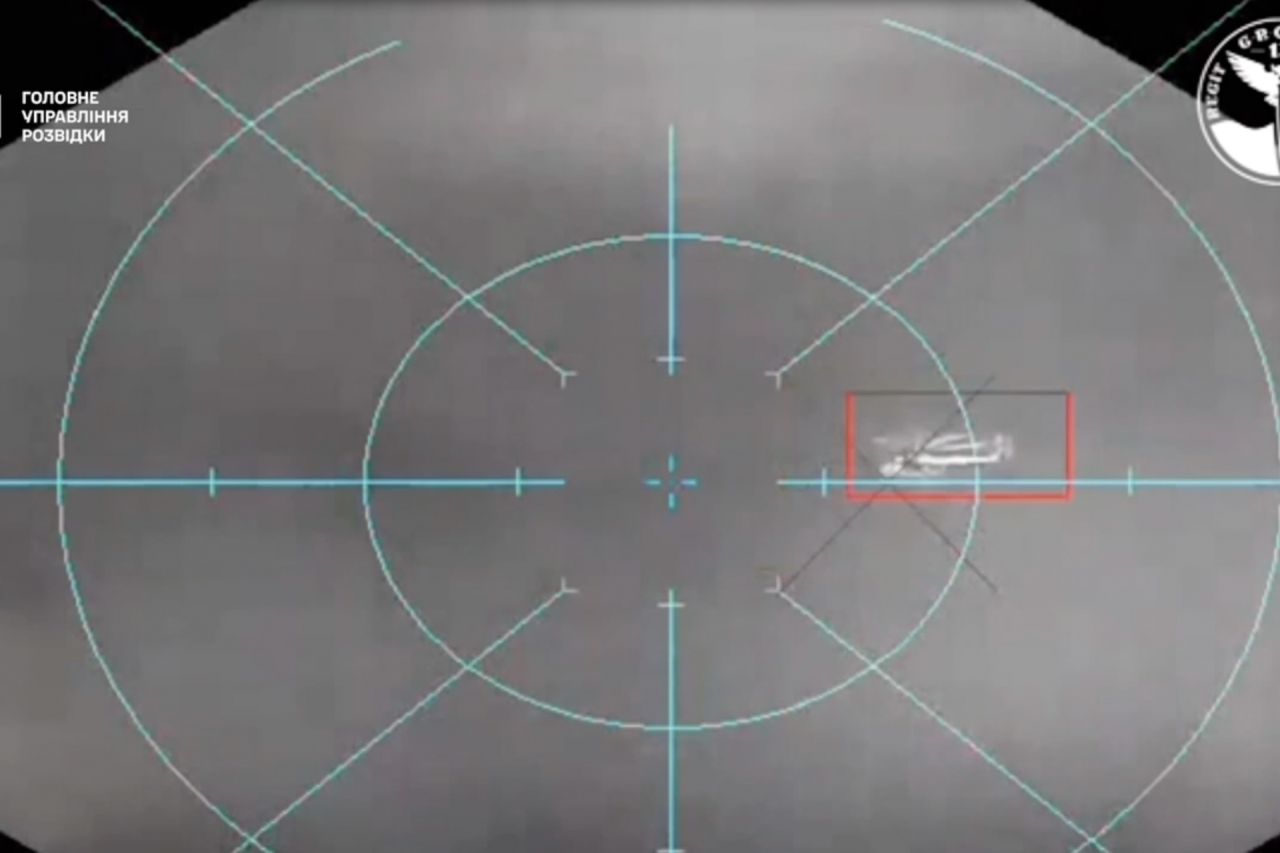
Ukrainian sea drones are employed for various tasks, including reconnaissance and surveillance of enemy positions, targeting high-value assets, and disrupting enemy operations. Their relatively low cost allows for swarm tactics, overwhelming enemy defenses through sheer numbers. They can be used for mine-laying or anti-mine operations, disrupting supply lines, and even engaging in direct attacks against enemy vessels.
Examples of Successful Deployments
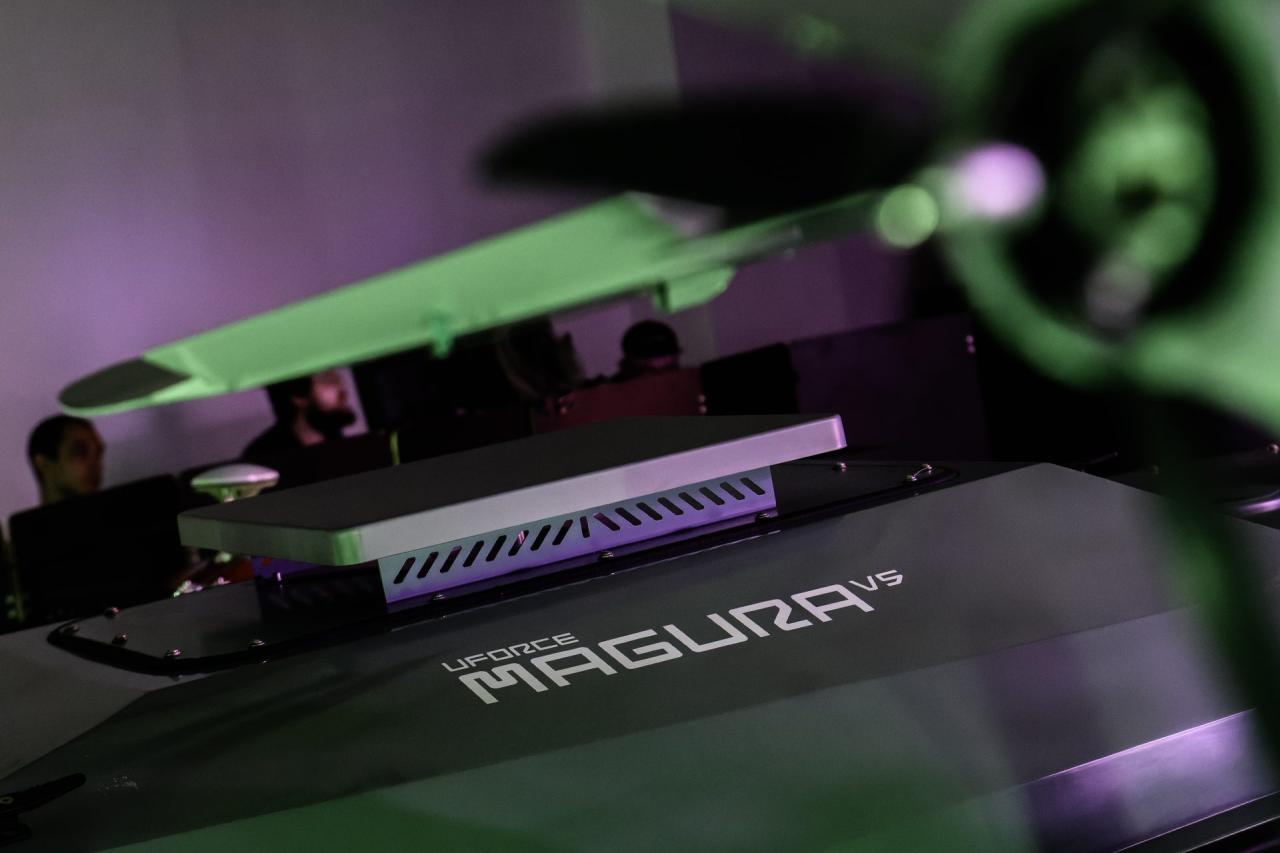
While specific details of successful deployments are often kept classified for operational security reasons, reports suggest that Ukrainian sea drones have been effectively used to target Russian naval vessels and infrastructure. Their success highlights the effectiveness of relatively low-cost, easily produced platforms in disrupting naval operations.
Reconnaissance and Surveillance
Ukrainian sea drones are valuable assets for reconnaissance and surveillance. Their ability to operate silently and covertly allows them to gather intelligence on enemy movements, positions, and capabilities. This information is crucial for planning offensive and defensive operations.
Impact on Naval Strategies and Doctrines
The introduction of low-cost, easily deployable sea drones has the potential to significantly alter naval strategies and doctrines. The ability to overwhelm enemy defenses with swarms of drones necessitates a reassessment of traditional naval warfare strategies.
Hypothetical Scenario: Swarm Deployment
Imagine a scenario where a swarm of 50 Ukrainian sea drones is deployed against a Russian naval task force. These drones, utilizing various payloads (some for reconnaissance, others for attack), overwhelm the task force’s defensive capabilities, achieving significant damage at a fraction of the cost of a conventional naval engagement. This illustrates the potential for asymmetric warfare using these drones.
Manufacturing and Procurement of Ukrainian Sea Drones
Understanding the manufacturing, procurement, and associated costs is vital to comprehending the effectiveness and sustainability of Ukraine’s sea drone program. This section examines the key players, supply chains, costs, and challenges involved.
Ukrainian sea drones are making waves, showing how effective small, unmanned vessels can be. Thinking about regulations, though, it’s worth checking out the changes with the new drone rules in Canada; you can find the details here: new drone rules canada. This highlights the growing need for international standards as drone technology, like these Ukrainian sea drones, continues to evolve rapidly.
Key Players, Supply Chains, and Logistics
The exact details of the manufacturers and suppliers are often kept confidential for security reasons. However, it is known that a combination of state-owned enterprises, private companies, and potentially international partners contribute to the design, manufacturing, and procurement of these drones. The supply chain likely relies on a mix of domestic and international sources for components.
Cost Breakdown
The cost of a single Ukrainian sea drone is likely significantly lower than comparable systems from other nations. A rough estimate, considering materials, manufacturing, and integration costs, could range from several thousand to tens of thousands of dollars, depending on the drone’s complexity and capabilities. This affordability is a key factor in their effectiveness.
Challenges in Securing Funding and Resources
Securing consistent funding and resources remains a significant challenge. The ongoing conflict necessitates a continuous flow of resources to maintain production and development. International aid and support play a crucial role in sustaining the program.
Procurement Process, Ukrainian sea drone
- Needs assessment and requirements definition
- Selection of drone model(s)
- Contract negotiation and award
- Manufacturing and quality control
- Delivery and deployment
- Ongoing maintenance and support
International Implications of Ukrainian Sea Drone Technology
The development and deployment of Ukrainian sea drones have far-reaching implications for regional and global security, arms control, and international relations. This section explores these impacts, ethical considerations, and potential civilian applications.
Impact on Regional and Global Security
The proliferation of relatively inexpensive and effective sea drone technology could significantly alter the balance of power in various regions. It lowers the barrier to entry for naval capabilities, potentially destabilizing existing power structures and leading to increased regional tensions.
Ukrainian sea drones are making waves, showcasing impressive technological advancements in naval warfare. Thinking about the scale of such operations, it’s a stark contrast to events like the emirates plane crash abu dhabi , a tragedy highlighting the vulnerability of large-scale air travel. The precision and stealth of these Ukrainian drones, however, offer a different kind of strategic capability on the water.
Implications for Arms Control and Non-Proliferation
The ease of production and the use of readily available components make it challenging to control the spread of this technology. International cooperation and arms control agreements are crucial to prevent the misuse of sea drones in conflicts.
Export Potential
The cost-effectiveness and effectiveness of Ukrainian sea drones make them attractive for export to other nations, particularly those seeking affordable naval capabilities. However, export controls and international regulations need to be considered to prevent the technology from falling into the wrong hands.
Ethical Considerations
The autonomous nature of sea drones raises ethical concerns regarding accountability and the potential for unintended consequences. International guidelines and regulations are needed to address these ethical dilemmas and ensure responsible use of the technology.
Civilian Applications
The technology used in Ukrainian sea drones has potential applications beyond military use. These include environmental monitoring, search and rescue operations, and underwater infrastructure inspection. Adapting the technology for civilian use could offer significant benefits.
Ukrainian sea drones are proving surprisingly effective in the ongoing conflict. Their low cost and adaptability make them a potent weapon, a bit like the unexpected twists in the games shown in squid game histoire vraie , though thankfully with far less deadly consequences for the operators. The ingenuity behind these drones mirrors the creativity found in the show’s deadly challenges, showcasing human innovation in both conflict and entertainment.
Future Developments in Ukrainian Sea Drone Technology
The future of Ukrainian sea drone technology holds significant potential for advancements in AI integration, autonomy, and operational capabilities. This section explores potential future developments, timelines, and international collaboration.
Potential Future Advancements
Future advancements could include enhanced AI for autonomous navigation and target acquisition, improved payload capacity, increased range, and integration of more sophisticated sensors. The development of swarm coordination algorithms and improved communication protocols will enhance their effectiveness in combat scenarios.
Timeline of Potential Milestones
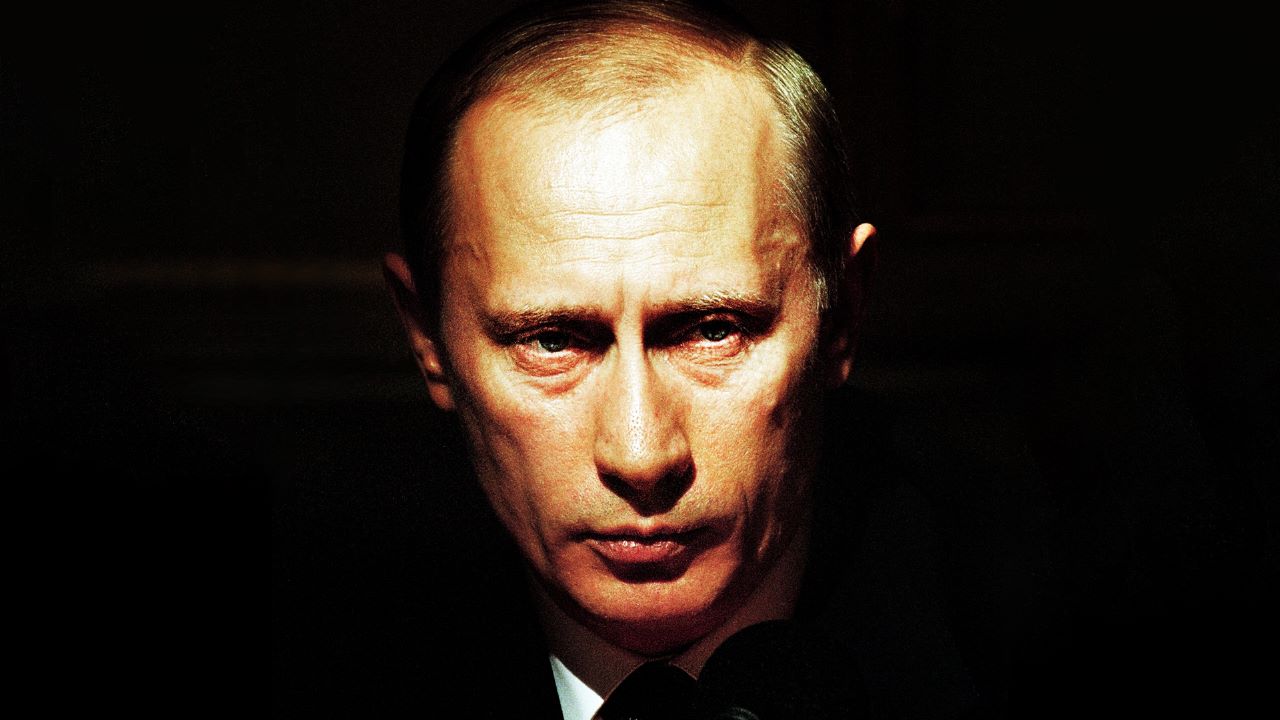
Within the next 5 years, we might see the integration of more advanced AI, increased payload capacity, and improved range. In the next 10 years, fully autonomous swarms capable of complex coordinated operations could be developed. This progress will depend heavily on continued funding and international collaboration.
Long-Term Impact on Naval Warfare
In the long term, Ukrainian sea drone technology could fundamentally reshape naval warfare, making it more asymmetric and potentially less reliant on expensive, large-scale naval vessels. The affordability and ease of deployment of these drones will be a game-changer.
Role of International Collaboration
International collaboration will be vital in accelerating the development of Ukrainian sea drone technology. Sharing expertise, resources, and technology will enhance capabilities and contribute to responsible innovation.
Hypothetical Advanced Ukrainian Sea Drone
Imagine a sleek, unmanned surface vessel, approximately 10 meters in length, constructed from advanced composite materials for increased durability and stealth. It is equipped with advanced AI for autonomous navigation and target identification, utilizing a suite of sensors including high-resolution cameras, sonar, and radar. Its payload capacity allows for the deployment of various munitions or the carriage of substantial reconnaissance equipment.
The drone is capable of operating autonomously for extended periods, communicating securely with a central command system via satellite link, and operating effectively as part of a coordinated swarm.
Summary
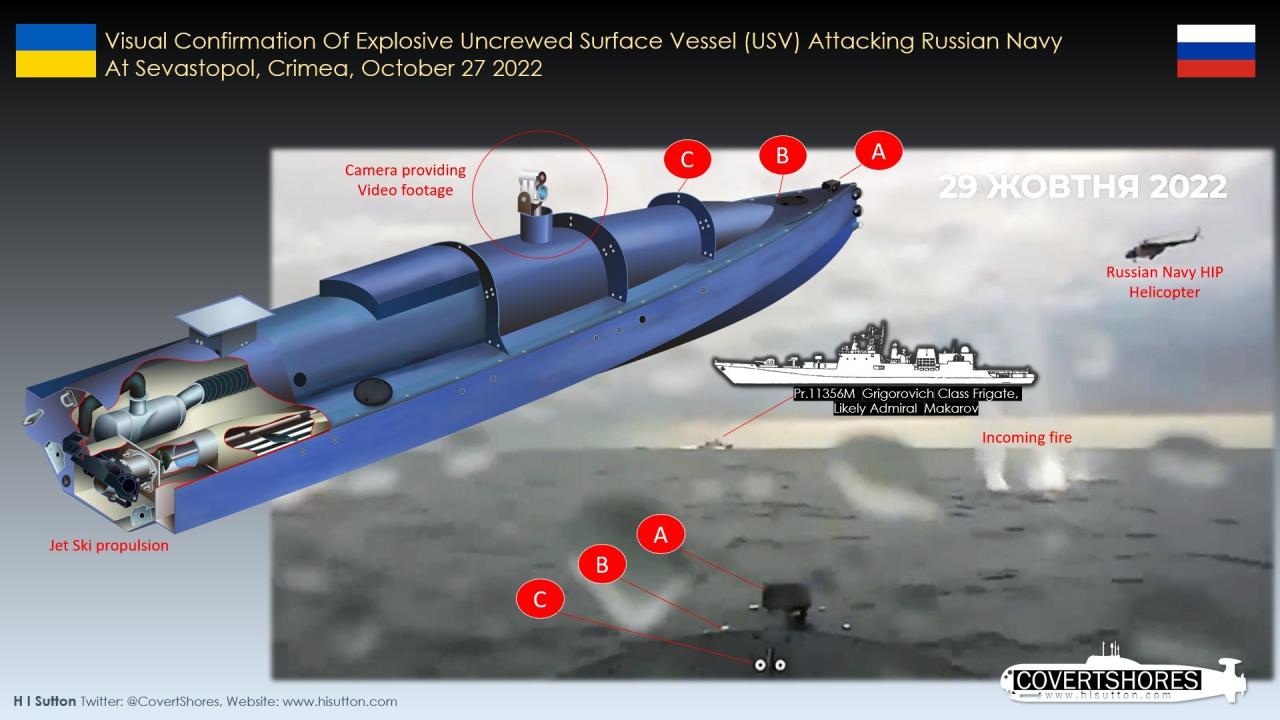
Ukrainian sea drone technology represents a significant shift in naval power dynamics. Its innovative designs, combined with strategic deployment capabilities, offer a cost-effective and adaptable approach to maritime defense and surveillance. As the technology continues to evolve, its influence on global security and civilian applications will only grow, presenting both opportunities and challenges for the future.
Quick FAQs
How are Ukrainian sea drones powered?
Power sources vary depending on the model, but common options include electric motors powered by batteries, or potentially even hybrid systems.
What is the lifespan of a Ukrainian sea drone?
Lifespan depends on factors like usage, maintenance, and environmental conditions. Specific data isn’t publicly available for all models.
What level of autonomy do these drones possess?
Levels of autonomy vary. Some may operate fully autonomously, while others require more human control, depending on the mission and model.
Are Ukrainian sea drones easily repairable?
Repairability depends on the damage sustained and the availability of parts. More information is needed on specific repair processes and capabilities.
